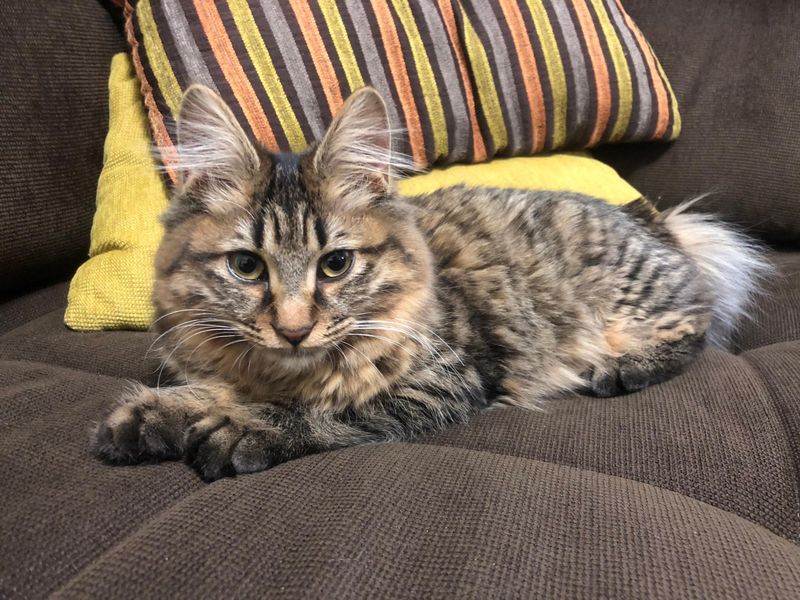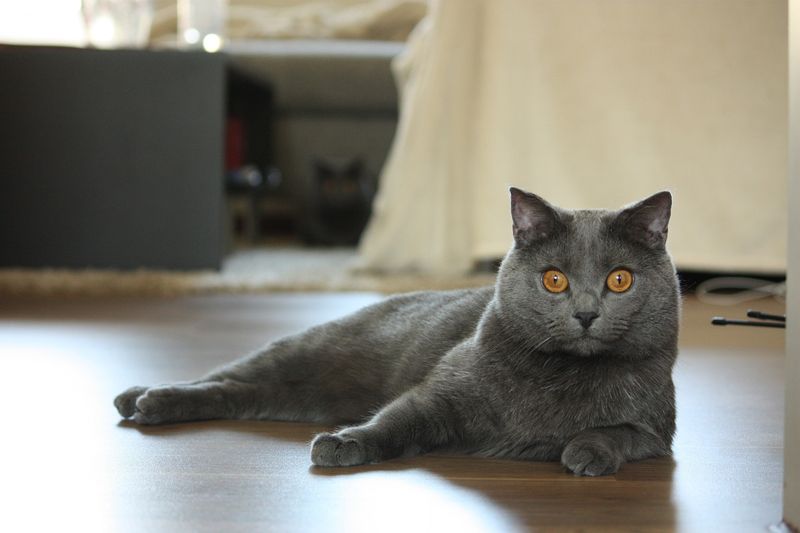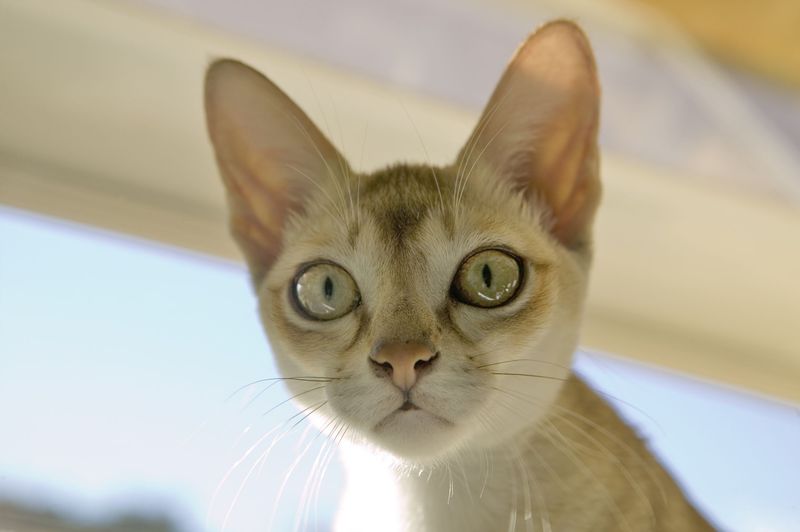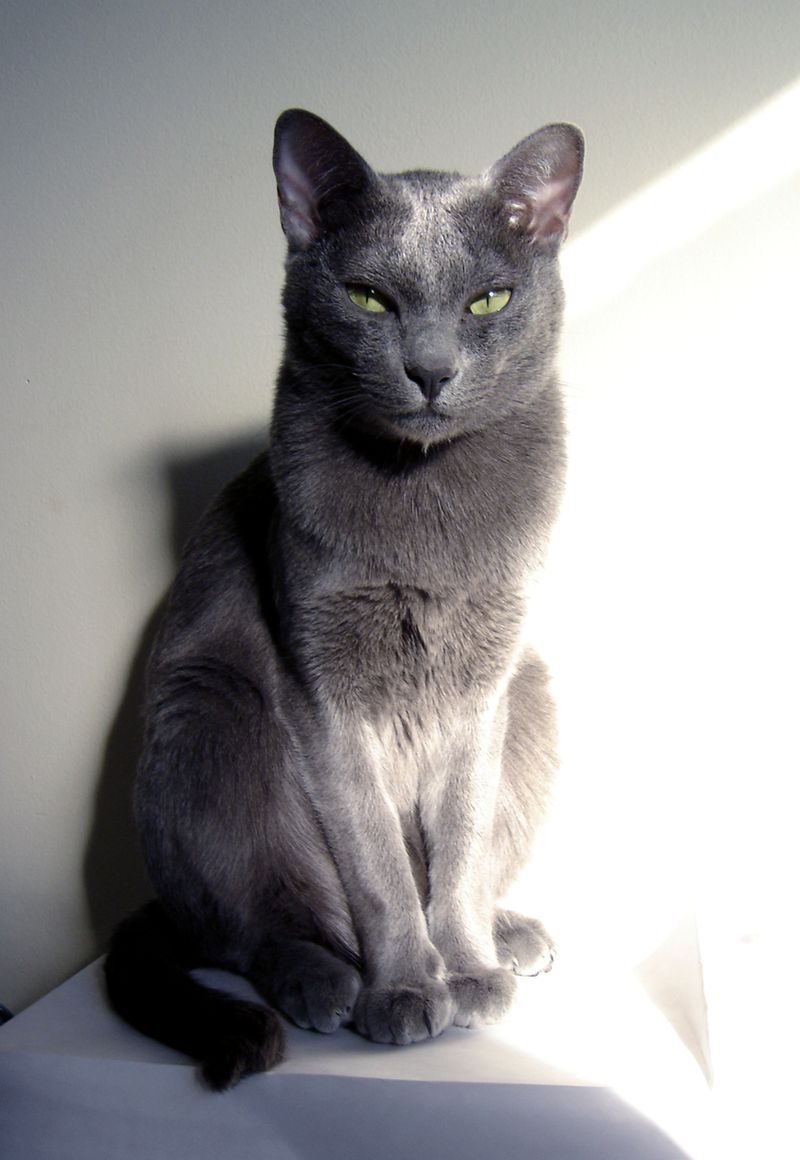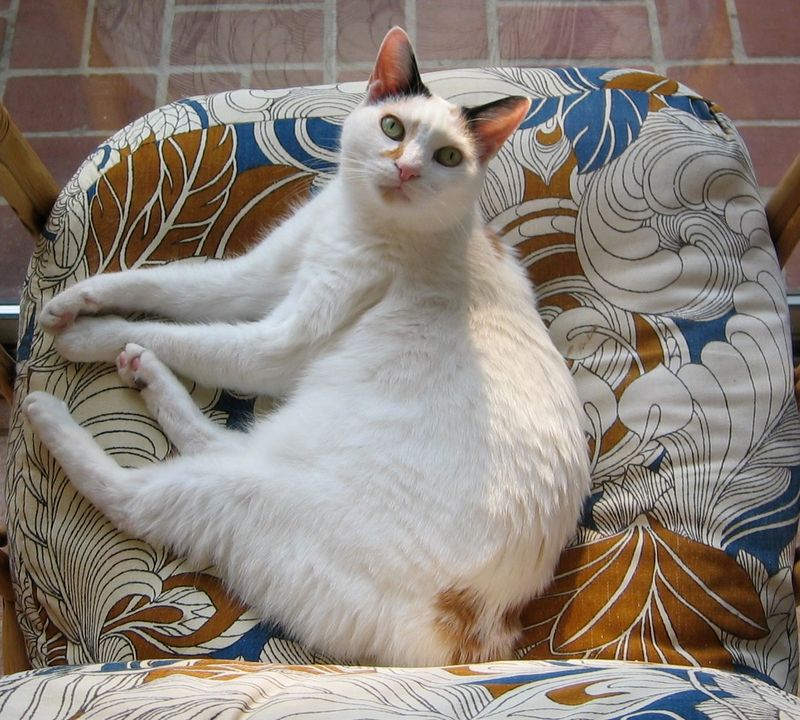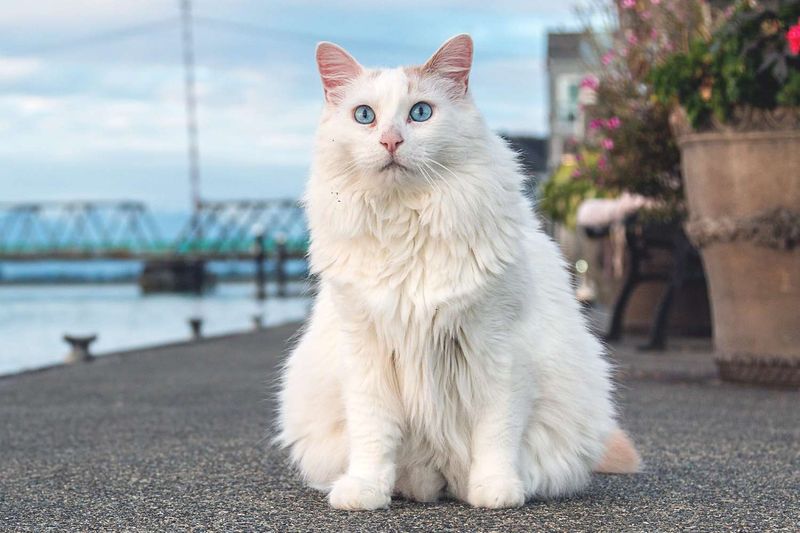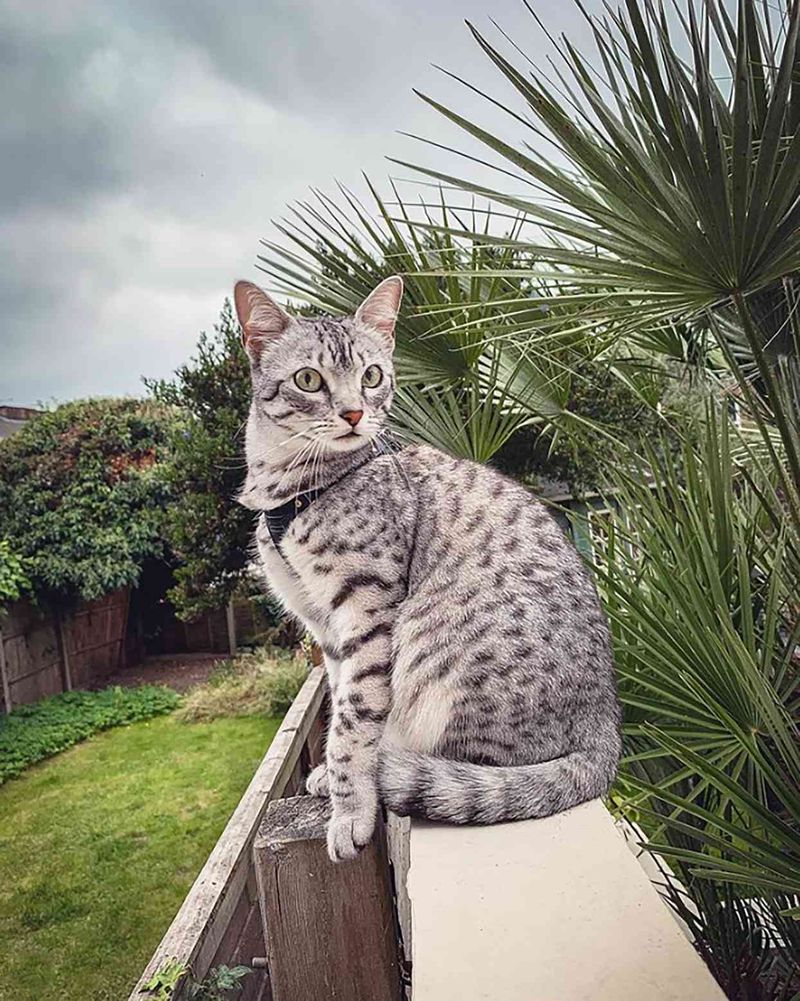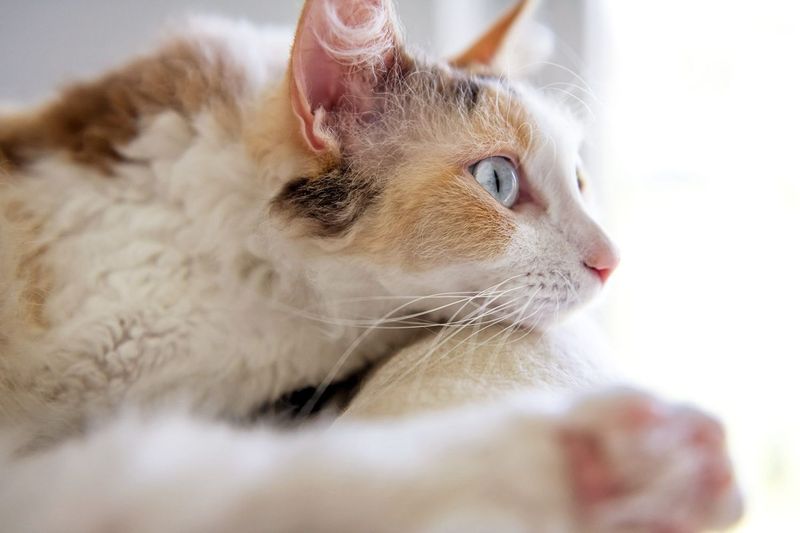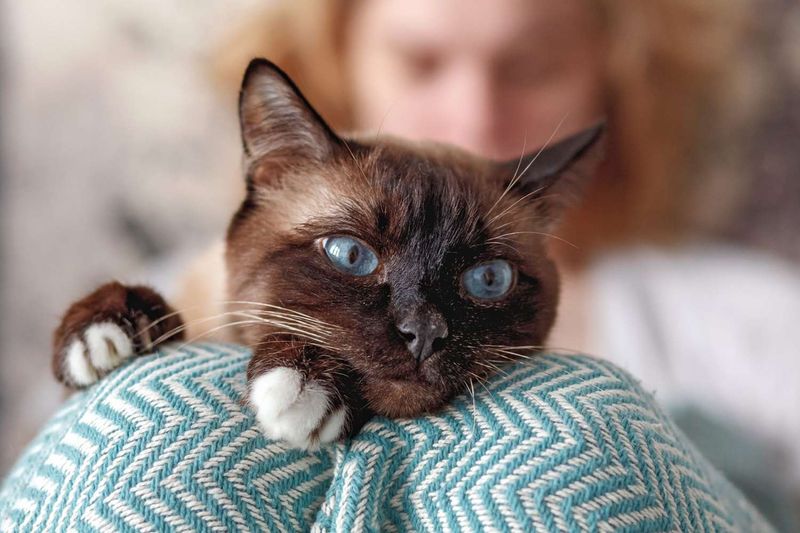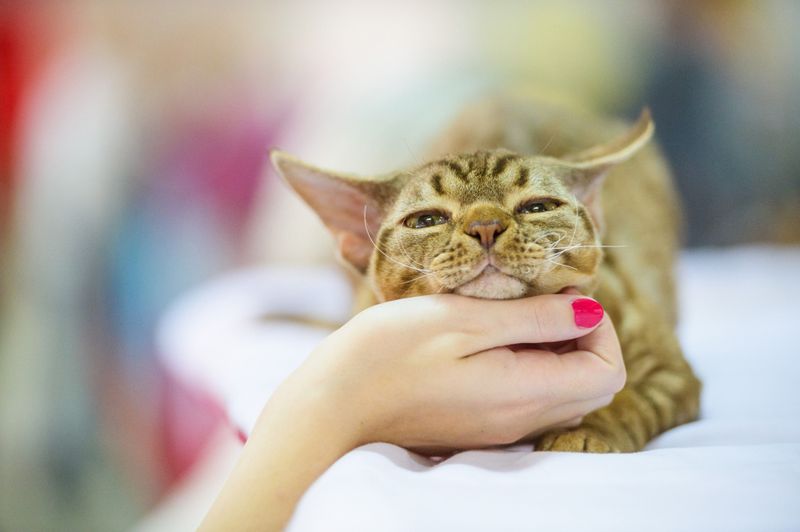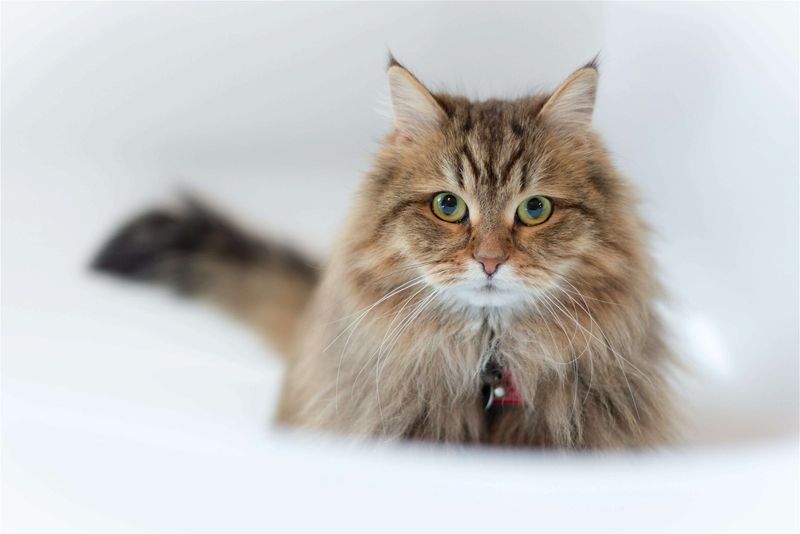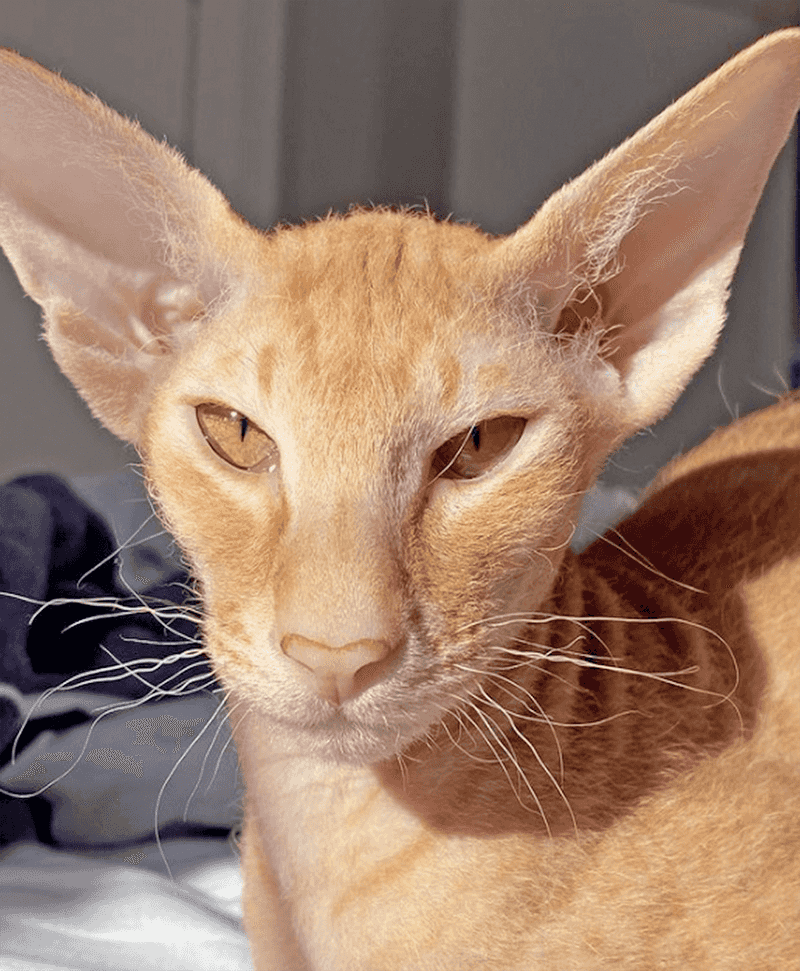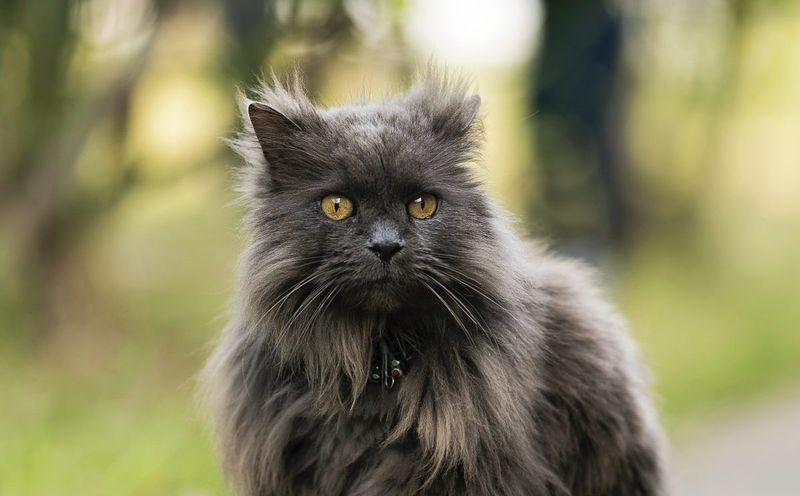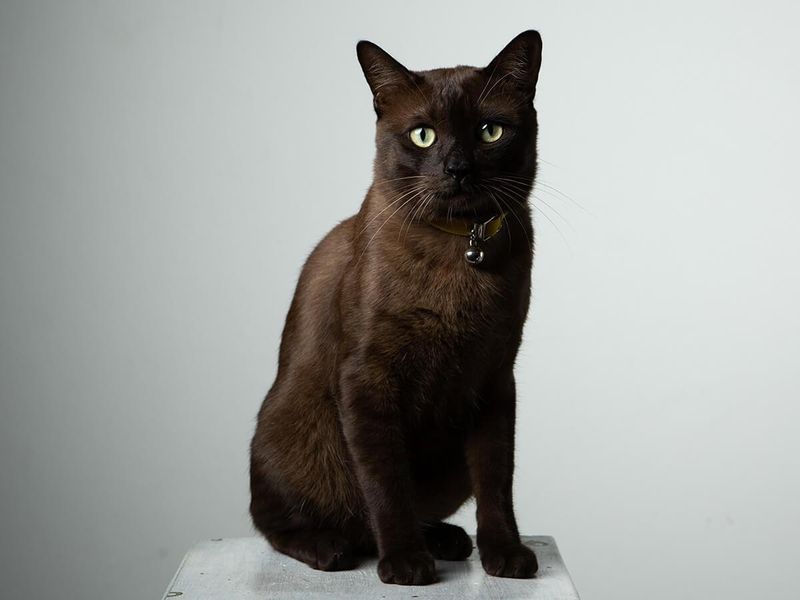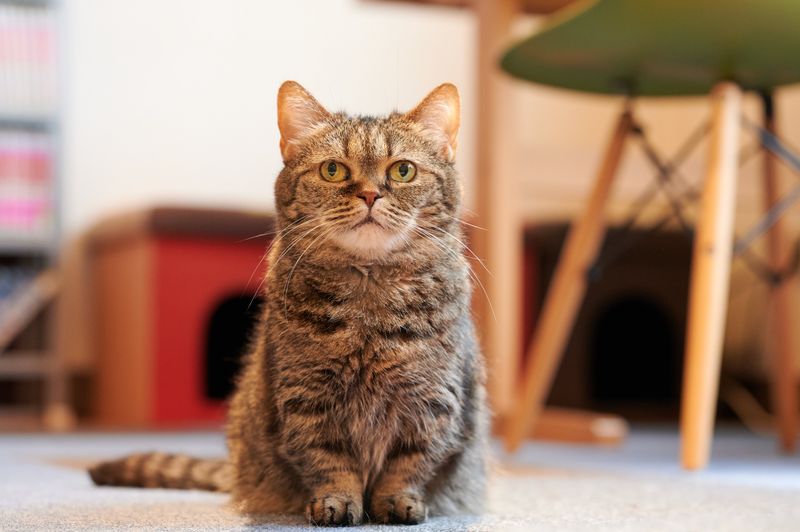📖 Table of Content:
In the diverse and fascinating world of feline companions, some breeds effortlessly capture the attention of cat lovers, quickly finding their forever homes. However, others—despite their unique charm, striking appearances, and lovable personalities—often remain overlooked. These lesser-known breeds may not have the same widespread recognition as more popular cats like the Siamese or Maine Coon, but they possess qualities that make them just as wonderful companions.
In this blog post, we’ll explore 15 cat breeds that, according to recent data, rank among the least adopted in the U.S. Whether due to their rarity, specific care needs, or misconceptions about their temperament, these cats often struggle to find homes. Understanding the reasons behind their low adoption rates can help shed light on these fascinating breeds and encourage more informed decisions among prospective cat owners.
By looking into each breed’s distinctive traits and unique histories, we aim to provide insight into what makes them special, despite their lack of popularity. If you’re considering adopting a cat, expanding your search to include these underrated breeds might just lead you to the perfect feline companion. Let’s uncover what makes these cats so unique—and why they deserve a second look.
1. Kurilian Bobtail
Originating from the Kuril Islands, the Kurilian Bobtail is a breed with distinctive pom-pom tails and gentle nature. These cats are known for their intelligence and adaptability, yet their rarity outside Russia and Japan contributes to lower adoption rates. In the U.S., they remain a hidden gem, often overlooked by those seeking more common breeds. The Kurilian Bobtail’s playful demeanor and strong family bonds make them ideal companions. They thrive in environments where they can explore and interact with their human families, despite their limited global recognition.
2. Chartreux
The Chartreux, a French breed, is notable for its robust blue-gray coat and striking orange eyes. These cats have a calm and gentle disposition, which makes them excellent companions. However, misconceptions about their aloofness contribute to lower adoption rates. Their rarity adds to the mystique, as they are not frequently found outside France. Chartreux cats are affectionate and quiet, often forming close bonds with their owners. Their unique appearance and temperament offer a different, more subdued companionship that some may overlook when choosing a pet.
3. Singapura
Recognized as one of the smallest domestic cats, the Singapura is known for its playful and sociable nature. Their petite size and large, expressive eyes give them a kitten-like appearance even as adults. Despite their charming personality, they remain lesser-known, which affects their adoption rates. Singapura cats thrive in interactive and engaging environments, where their curiosity and energetic spirit can shine. Potential adopters may overlook this breed due to its relative obscurity, but those who do welcome them into their homes often find a delightful and affectionate companion.
4. Korat
Hailing from Thailand, the Korat is a cat breed steeped in history and tradition. With their striking silvery-blue fur and vivid green eyes, they are known for their intelligence and close bonds with their families. Outside their native country, Korats have limited recognition. These cats are sensitive and perceptive, often sensing their owners’ emotions and responding with affection. They prefer quiet, harmonious households where they can form lasting attachments. The Korat’s limited visibility internationally means many miss out on this loving and insightful breed.
5. Japanese Bobtail
Celebrated in Japan as symbols of good luck, Japanese Bobtails are distinguished by their short, pom-pom-like tails and outgoing personalities. These cats are energetic and social, enjoying interactive play and human companionship. Their unique appearance may deter some adopters who are unfamiliar with the breed. Japanese Bobtails are known for their vocal nature and love for engaging with their environment. They are excellent companions for those who enjoy active and lively pets. Despite their charm, their distinct features and cultural connections often make them a choice for the more adventurous pet owner.
6. Turkish Van
Turkish Vans are known for their love of water and distinctive markings. These cats are energetic and playful, often seeking out water-related activities. Their specific care requirements, including regular grooming, can deter potential adopters looking for low-maintenance pets. Despite their lively nature, Turkish Vans are affectionate and build strong bonds with their human families. They thrive in homes that appreciate their need for activity and stimulation. As a result, their unique demands and personality traits make them a less common choice among adopters.
7. Egyptian Mau
Notable for its natural spots and incredible speed, the Egyptian Mau is a breed that captivates with its grace and beauty. These cats are known for their energetic and playful nature, which might be challenging for some owners, leading to lower adoption rates. The Egyptian Mau’s loyalty and affection make them excellent companions for those willing to engage with their active lifestyles. They enjoy playtime and require ample space to express their agility. Despite their striking appearance, their energy levels might not suit every household, making them less commonly adopted.
8. LaPerm
LaPerms are easily identifiable by their curly coats and affectionate demeanor. These cats are inquisitive and enjoy exploring their surroundings. Their distinctive appearance and grooming needs can discourage some potential adopters who prefer less maintenance-intensive pets. Despite their unique look, LaPerms are known for their friendly and engaging personalities. They thrive in environments where they can interact with their families and explore their homes. For those who appreciate a cat with a distinctive look and loving nature, the LaPerm offers a wonderful and loyal companion.
9. Snowshoe
Featuring beautiful blue eyes and mitten-like paws, Snowshoe cats are known for being affectionate. These cats tend to be overlooked, possibly due to their specific care needs and preference for social engagement. Snowshoes thrive in homes where they can interact closely with their families, forming strong bonds with both adults and children. Their gentle and friendly demeanor makes them excellent companions, though they require a level of attention and engagement that not all adopters can provide, affecting their adoption rates.
10. Devon Rex
The Devon Rex is renowned for its large ears and wavy coats, presenting an unusual yet endearing appearance. These cats are playful and affectionate, often seeking out interaction with their human companions. Their distinctive look and unique grooming needs can make them less appealing to some potential adopters. Despite this, Devon Rex cats are known for their lively and engaging personalities, thriving in environments where they can explore and play. For those willing to embrace their unique appearance, the Devon Rex offers a dynamic and loving pet experience.
11. Siberian
Renowned for their thick, waterproof coats and muscular build, Siberian cats are both kind and intelligent. These cats are known for their playful nature and strong family bonds, yet their size and grooming requirements may be seen as an issue. Siberians thrive in active households that appreciate their need for interaction and stimulation. Their adaptability and loving nature make them excellent companions for those who can accommodate their size and care needs. As a result, they are often a choice for dedicated and experienced cat owners.
12. Peterbald
Peterbalds are known for their hairless or fine-coated appearance, presenting a distinctive and modern look. These cats are affectionate and energetic, often forming strong bonds with their human families. Their unique appearance and specific care needs are what can make them less popular. Despite their striking look, Peterbalds are known for their lively personalities and loving nature. They thrive in homes where their uniqueness is appreciated, and their care requirements, including skin care and protection from cold, are met. The Peterbald’s distinct features make them a choice for the more adventurous cat enthusiast.
13. Chantilly-Tiffany
With its silky semi-longhair coat and gentle temperament, this is a breed that captivates with its pure elegance. Due to its rarity and eventual extinction, it was among the least adopted breeds. These cats were known for their affectionate nature and loyalty to their families. Chantilly-Tiffanys thrived in environments where they could form close bonds with their human companions. Despite their beauty and charm, their limited availability made them a rare find in the world of cat adoption. Their legacy continues to intrigue cat lovers who appreciate their unique qualities.
14. Havana Brown
With a rich, warm mahogany coat, the Havana Brown is a breed that stands out with its unique head shape and moderate size. Its small breeding pool has led to its endangered status, making it less commonly adopted. Havana Browns are known for their gentle and affectionate nature, often forming strong bonds with their owners. They thrive in environments where they can receive attention and engage in interactive play. Despite their endangered status, those who choose this breed find a loyal and charming companion in the Havana Brown.
15. Dwarf Cats (e.g., Munchkin)
Characterized by their short legs due to genetic mutations, dwarf cats often face health challenges. Ethical concerns regarding their breeding have led to bans in several countries, affecting their adoption rates. Despite their physical challenges, dwarf cats thrive in environments where their unique needs can be met, offering joy and companionship to those who understand their specific care requirements. As a result, they remain a niche choice for adopters who appreciate their distinctive appearance and resilient spirit.

